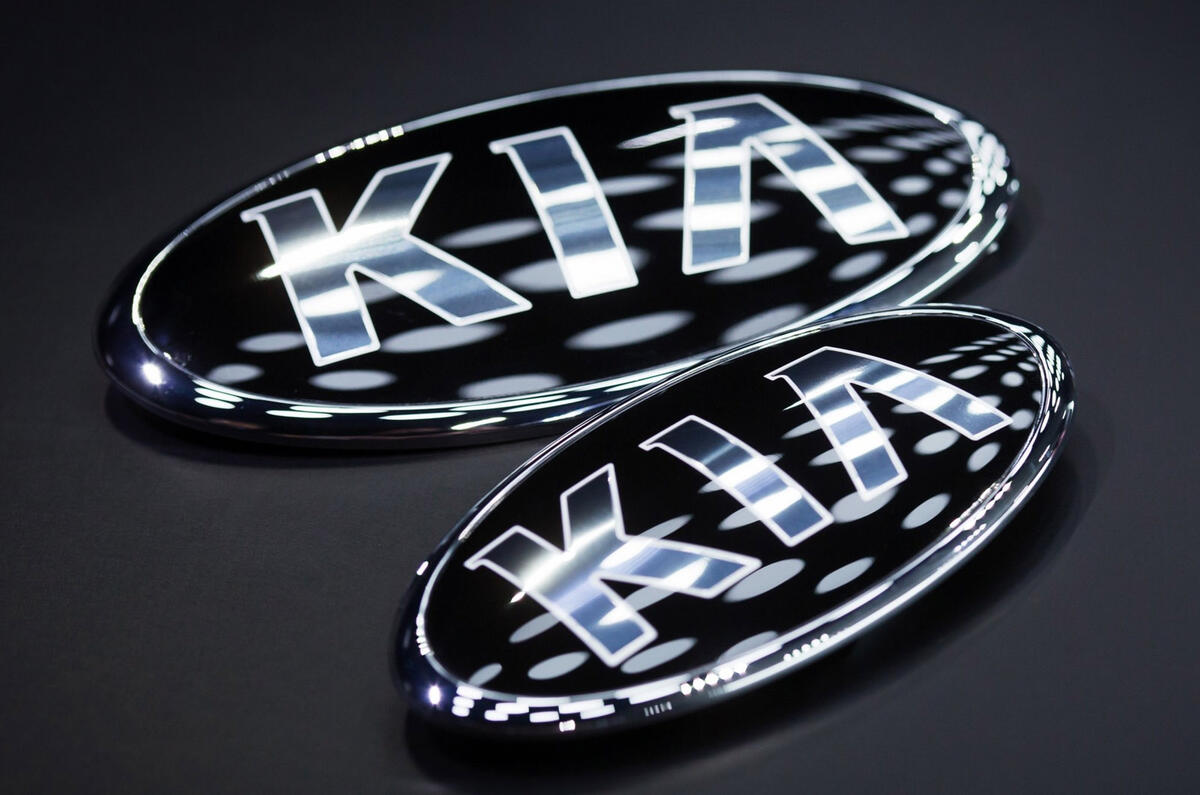Kia has pledged to begin testing level four autonomous vehicles in cities in 2021, along with offering 16 electrified cars by 2025, as part of a new future strategy.
The Korean firm’s new ACE strategy, unveiled at the CES technology event in Las Vegas, USA, is built around three pillars: Autonomous, Connected and Eco/Electric.
CES 2018: automotive highlights from the tech showcase
Kia’s autonomous vehicle plans include a pledge to begin to commercialise level four autonomous driving technology in 2021, by beginning tests in smart cities, which will have the infrastructure needed to support such machines. As a step towards that, Kia says it will have a large-scale test fleet of autonomous cars operating on public roads from 2019.
Kia unveils Niro EV Concept at CES
Under the Connected pillar, Kia will offer connected technology in every market segment by 2025, with every single model featuring such systems by 2030. At CES, Kia showcased an ultra-fast 5G mobile connection system.
The Eco/Electric plans include a pledge to offer 16 new advanced powertrain vehicles by 2021, comprised of hybrids, plug-in hybrids, EVs and a new fuel-cell electric vehicle, due to go on sale in 2020.
That range will include the Niro EV due to go on sale later this year, which Kia has previewed with a Concept machine at CES.
The ACE strategy is part of Kia’s broader future mobility concept, titled ‘Boundless for all’. Dr Woong-chul Yung, the head of Kia’s R&D centre, called it a manifesto “where everyone has the opportunity to enjoy the infinite value that future mobility will bring.”
Kia also announced that it will expand its WiBLE car sharing service – which launched in Korea last year – to select European cities in 2018. The service allows users access to a range of Kia vehicles through a smartphone app on a pay-per-journey basis. The firm says it will announce the first European markets later this year.
Read more









Join the debate
Add your comment
All this rush...!
Why so desperate to get fully autonomous Cars on the Road so quick?, surely the best way would have been service Vehicles..?, more on the Road straight away, any problems would be seen quicker and hopefully corrected.